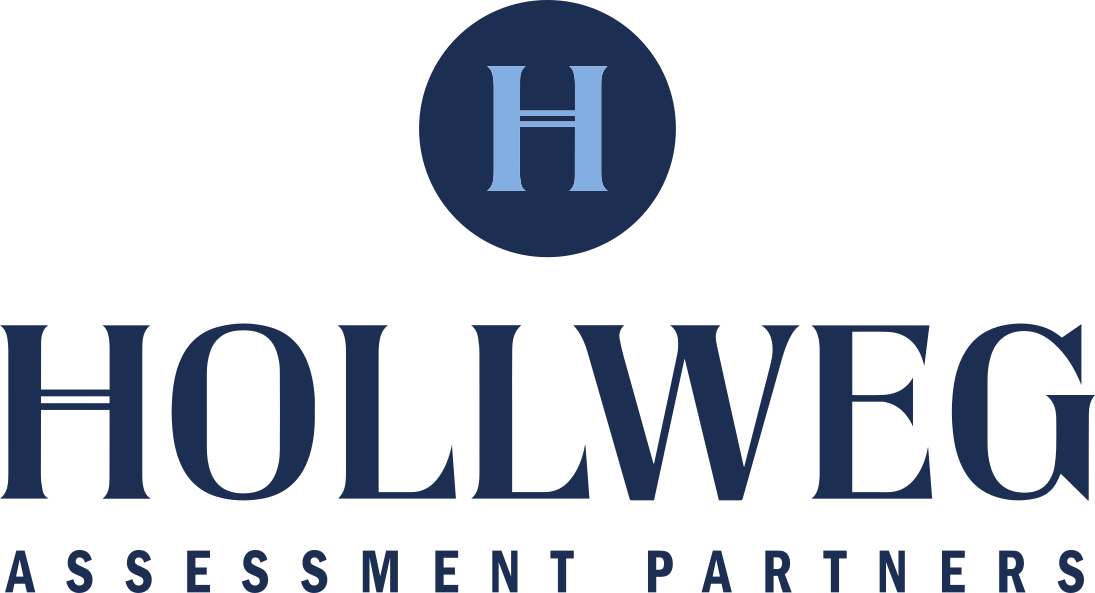Decision Making/Problem Solving
Organization
(Focus & Organization, Time Utilization, Priority Focus)
Problem Anticipation
(Planning, Long Range Thinking)
Analytical Thinking
(Detail Orientation, Detailed Analysis)
Innovative Thinking
(Creativity)
Practical Problem Solving
(Practical Thinking, Common Sense, Realistic Thinking)
People Leadership
Assertiveness
(Ability to Take Charge, Willingness to Take Charge)
Tough-Mindedness
(Conflict Management, Holding Team Accountable)
Positive People Orientation
(People Relations)
Insight
(Interpersonal Insight)
Work Style
Drive & Energy
(Action Orientation, Stamina)
Self-Reliance
(Independent Initiative, Self-Motivation, Initiative)
Process Orientation
(Need for Structure, Acceptance of Authority, Rule Orientation)
Flexibility
(Multi-Tasking, Need for Diversion)
Results Focus
(Results Orientation)
Accommodation
(Service Orientation, Team Orientation)
Personal Characteristics
Self-Discipline
(Conscientiousness, Responsibility, Restraint)
Emotional Consistency
(Capacity to Handle Pressure, Stress Tolerance, Resilience)
Objectivity of Viewpoint
(Objectivity, Criticism Tolerance)
Confidence
(Self-Assuredness, Self-Confidence)
Learning Agility
Quantitative Reasoning
(Numeric Reasoning)
Navigating the Resources
- Read the information below about the trait to develop a greater understanding of your strength/opportunity.
- Consider the Stop, Start, Continue examples to create your own actionable change behaviors.
- Explore the trait more fully by taking advantage of the weblinks below.
Assertiveness
(Willingness to Take Charge, Ability to Take Charge)
Assertiveness measures the extent to which you are willing to assume control and take the lead. The resources listed below will help give you a better understanding of how assertiveness impacts your success in the workplace and how to implement change.
Strength
Higher levels of assertiveness indicate you are willing to speak out and provide direction.
Opportunity
Lower levels of assertiveness indicate you may be reluctant to step forward or hesitant to speak your opinions.
Excess
Excessive levels of assertiveness indicate you may come across as overbearing and controlling.
Identify an opportunity area that you would like to change. Then, develop behaviors that you can Stop (unhelpful or limiting behaviors), Start (behaviors that you can begin now), and Continue (behaviors that you already do well) to improve in this area. Use the examples below to help create your own Stop, Start, and Continue behaviors.
| Stop | Start | Continue |
| Allowing others to assume the role of leader. | Volunteering to lead a project or team at the next possible time. | Sharing your thoughts on projects with your coworkers. |
| Hesitating to share opinions. | Preparing at least one idea to share at your next meeting or opportunity. | Recognizing the value you bring to your organization. |
| Being reluctant to step forward and be clear. | Making clear expectations and put them in writing to communicate them to all parties. | Giving feedback in a helpful way. |
Assertiveness Weblinks for Development:
6 Tips for Being More Assertive at Work
How to Be More Assertive at Work
A Simple Way to Be More Assertive (Without Being Pushy)
Assertiveness Leadership Weblinks for Development:
6 Tips for Being More Assertive at Work
